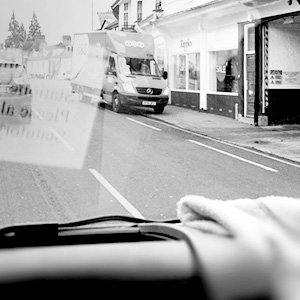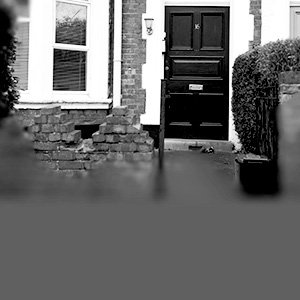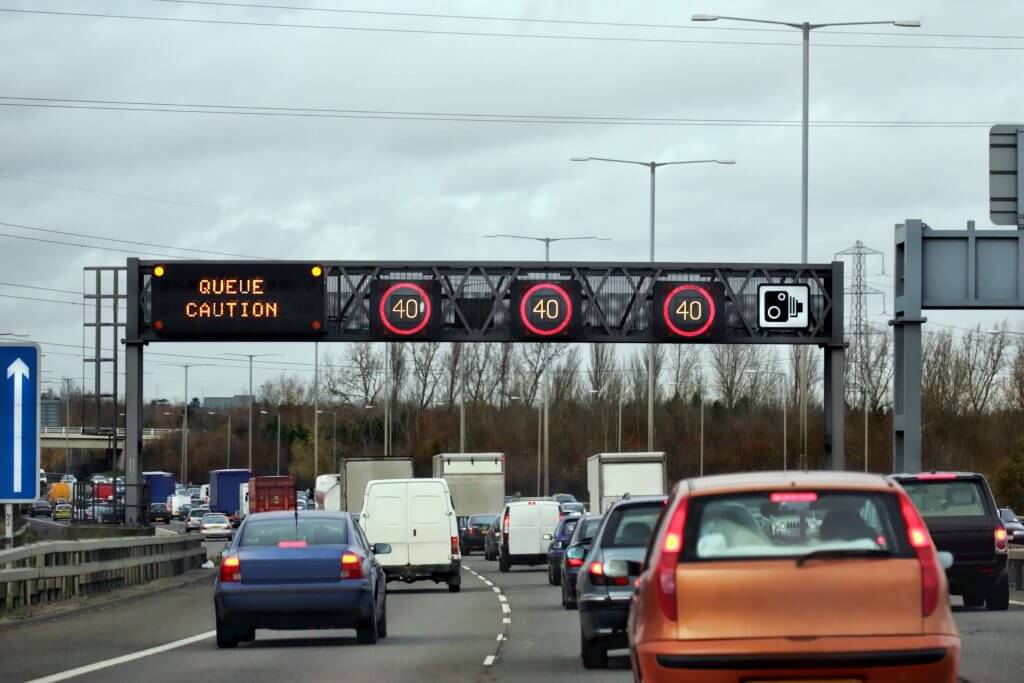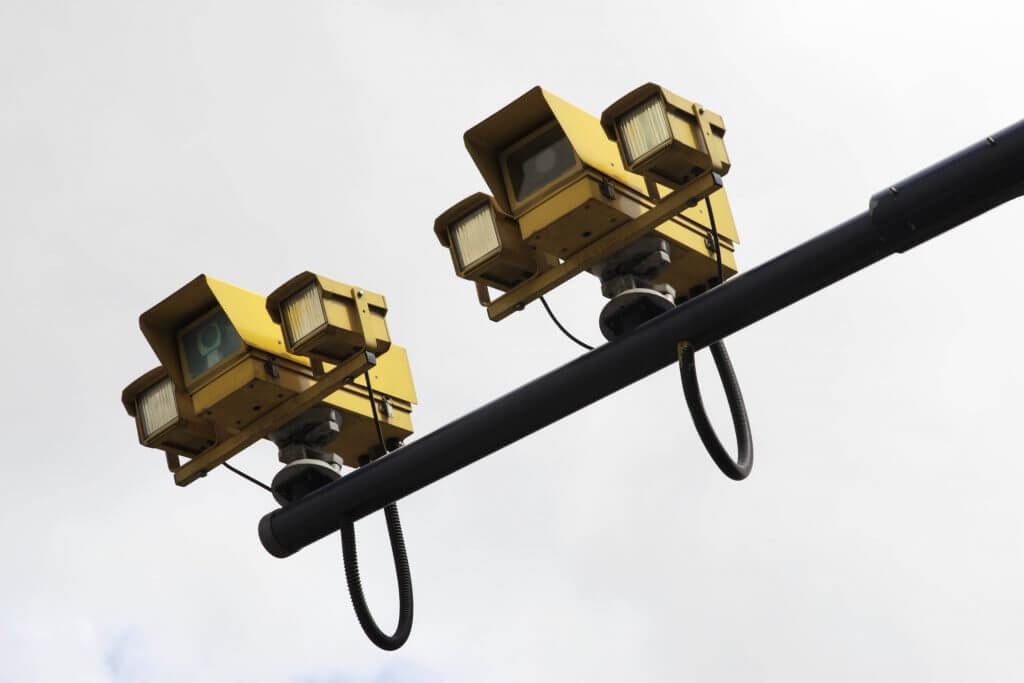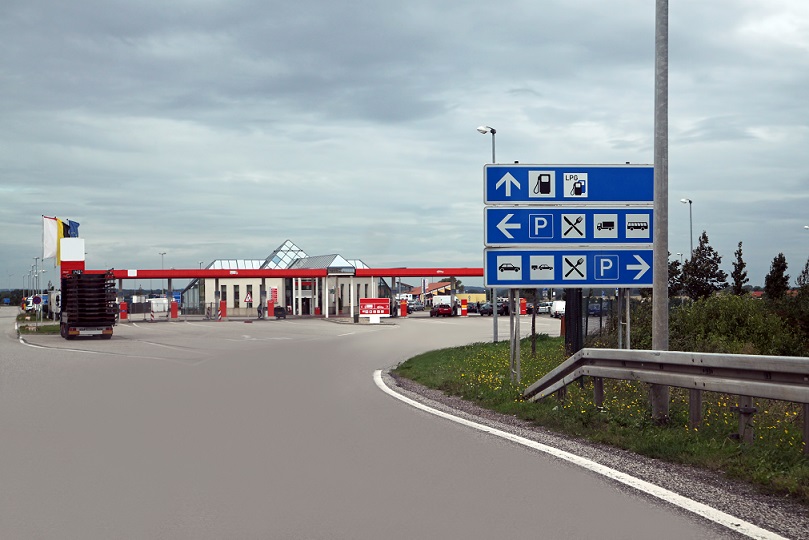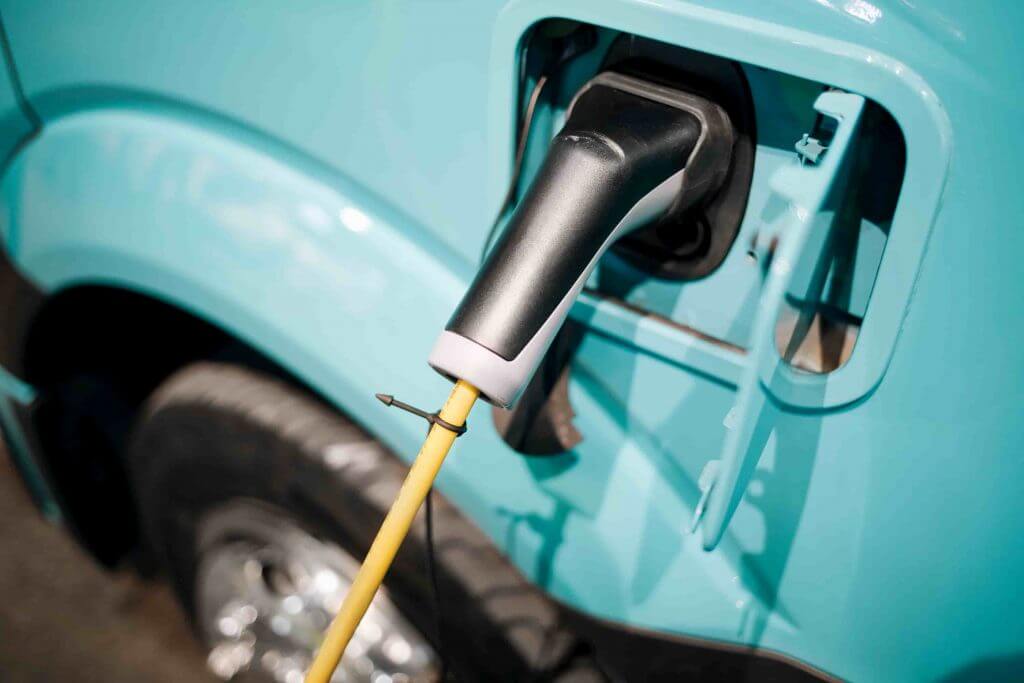Smart motorways are designed to reduce congestion and make our roads safer, but many have asked the question of whether they are working. One person posing this question is coroner Emma Brown, who wrote a letter to Highways England following the death of an 8-year-old boy on the M6. In a report published by the Department For Transport shows an increase in killed or serious injuries of almost 8% since 2017.
However, a report on the recently completed M6 in Cheshire have led to commuters travelling toward Manchester on a 9am – 5pm shift save an average of 30 minutes each week. This is due to an increase of 15 mph in their average speed when travelling home.
But is saving 3 minutes on your commute really worth the increase in death and serious injuries that come with it? Not to mention the increased likelihood you, yourself could be involved in one of these incidents.
As specialist providers of commercial vehicle insurance, we’ve taken a look into not just how smart motorways operate but also the costs involved in creating them. We look into whether smart motorways have affected the number of roadside accidents and what the future potentially holds for this scheme.
What is a smart motorway?
It’s a motorway which uses technology to ease congestion and monitor traffic to keep a constant flow of vehicles. Congestion in the UK causes frustration, accidents and money. It’s estimated that over the next 10 years the cost to the UK drivers from congestion will reach £62 billion. There are currently 3 types of smart motorway:
All Lane Running
These schemes are when the hard shoulder is converted into an active lane which is always in use unless the red X sign is shown above the lane which means the lane is closed.
Controlled Motorways
This has at least 3 or more running lanes as well as a permanent hard shoulder. Controlled motorways have variable speed limits which can be displayed on the signage over each lane. These are enforced by speed cameras set at the limit displayed and ignoring them can result in a fixed penalty of up to £100 and 3 points on your licence.
Dynamic Hard Shoulder Running Scheme
This motorway is one where the hard shoulder can be turned into a live lane in situations where there is heavy congestion. The hard shoulder will remain off-limits except for an emergency, unless the overhead displays/gantries show the hard shoulder is temporarily an active lane.
If the overhead display/gantries show either a red X or they are blank, this means the hard shoulder is not active. Driving in it can be highly dangerous and result in a fixed penalty up to £100 and 3 points on your licence.
When does a red X display?
The red X will be displayed above in the event of an accident or breakdown blocking the lane in question. Ignoring the sign is extremely dangerous and those who continue driving in a closed lane can result in a fixed penalty of up to £100 and 3 points on your licence.
The traffic is constantly being monitored to spot any incidents which require one of the lanes to be closed. For example, the lane is closed if a vehicle breaks down blocking a live lane, or if there is an accident or a piece of debris is in a live lane. If any of these incidents are spotted on the live camera system, the lane will be closed, and a variable speed limit enforced above each lane.
How do I know which motorway type I’m driving on?
There’s no definitive sign displaying which type of smart motorway you’re travelling on. But by following the guidelines set out by Highways England, you can prevent getting a nasty fine or worse, having a crash.
Here’s the quick tips for driving on a smart motorway:
- Never drive in a lane closed by a Red X.
- Keep to the speed limits shown on the signs.
- A hard shoulder is always identified by a solid white unbroken line – if there’s no speed limit displayed above it or a Red X is displayed, do not use it except in an emergency.
- A broken white line indicates a normal running lane.
- If the hard shoulder is being used as an extra lane, use the designated emergency areas for emergencies.
- If your vehicle experiences difficulties, e.g. warning light, exit the motorway immediately, as soon as it is safe to do so.
- If you break down, put your hazard lights on.
- Most breakdowns are preventable – keep your car well maintained, check your tyres and make sure you have enough fuel for your journey.
For extra peace of mind, you can take out breakdown insurance and get your car fixed at the roadside or towed to the nearest garage.
Where are smart motorways implemented?
Smart motorways are located around the country and can stretch many miles. The table below shows all current smart motorway locations and those under construction.
| Dynamic hard shoulder running | All lane running | Controlled motorways |
|---|---|---|
| M62 Junction 25 to 30 | M25 Junction 5 to 6/7 | M1 Junction 23a to 24 |
| M6 Junction 5 to 8 | M25 Junction 23 to 27 | M25 Junction 16 to 23 |
| M4 Junction 19 to 20 | M1 Junction 32 to 35a | M25 Junction 27 to 30 |
| M5 Junction 15 to 17 | M1 Junction 28 to 31 | M60 Junction 8 to 18 |
| M1 Junction 10 to 13 | M62 Junction 18 to 20 | M62 Junction 28 to 29 |
| M42 Junction 3a to 7 | M1 Junction 39 to 42 | M1 Junction 25 to 28 |
| M6 Junction 4 to 5 | M6 Junction 10a to 13 | M1 Junction 6a to 10 |
| M6 Junction 8 to 10a | M3 Junction 2 to 4a | M25 Junction 2 to 3 |
M4 Junction 3 to 12 | M25 Junction 10 to 16 | |
| M6 Junction 16 to 19 | M20 Junction 5 to 7 | |
| M1 Junction 24 to 25 | M25 Junction 7 to 10 | |
| M1 Junction 19 to 16 | M1 Junction 31 to 32 | |
M1 Junction 16 to 13 | M42 Junction 7 to 9 | |
M23 Junction 8 to 10 | M20 Junction 4 to 5 | |
M62 Junction 10 to 12 | M6 Junction 10a to 11a | |
M6 Junction 13 to 15 | ||
M6 Junction 2 to 4 | ||
M27 Junction 4 to 11 | ||
M20 Junction 3 to 5 | ||
| M5 Junction 4a to 6 | ||
| M62 Junction 25 to 26 | ||
Items in red are under construction. Data correct as of October 2019. |
||
How much has been spent on smart motorways?
Since 2015, over £7.8 billion has been spent on modernising or enhancing roads by Highways England. However, in 2014, the government pledged £15 billion to the smart motorways program, so this figure of £7.8 billion is expected to continue to rise.
How many accidents has there been on smart motorways?
Since starting work on smart motorways, the views surrounding their safety has been mixed. However, there has been an increase in people who have been killed or seriously injured by almost 8% on the strategic road network managed by Highways England since 2017.
Are speed cameras on smart motorways always on?
The aim is to reduce the amount of congestion on UK highways and make them safer by using the overhead gantries to display variable speed limits. This has led to many people questioning if the speed cameras are active when there is no speed limit displayed.
According to Highways England, the speed cameras on smart motorways are always active and monitoring traffic, however, as the speed limits are enforced by the police, it’s at their discretion whether they issue a penalty notice to anybody caught exceeding the national speed limit on these roads.
How many people speed on UK roads?
The horrible feeling of seeing a flash from a speed camera is one many people have come to know. According to statistics released by the Department for Transport, 46% of all cars travelling on motorways exceed the mandatory speed limit of 70mph. Drivers of Light Commercial Vehicle (LCV) come in slightly higher, with 47% exceeding the 70mph speed limit.
Speeding is rife on UK motorways and last year it was a contributory factor in 13.8% of all fatal accidents on roads in the UK.
Are smart motorways being scrapped?
They have been under intense scrutiny due to recent figures exposing the increase in accidents on motorways with an all lane running scheme.
This has led to some MPs calling for the scheme to be paused as it is unnecessarily putting people at risk.
Highways England Chief Executive, Jim O’Sullivan has now announced they will not be building any more smart motorways with a dynamic hard shoulder because too many drivers don’t understand them.
So, the future for smart motorways looks uncertain but for now they are here to stay. Do you use smart motorways regularly? If so, what are your thoughts on them? Let us know on Facebook and Twitter if you think they should be scrapped or if they’ve benefited you in any way.

